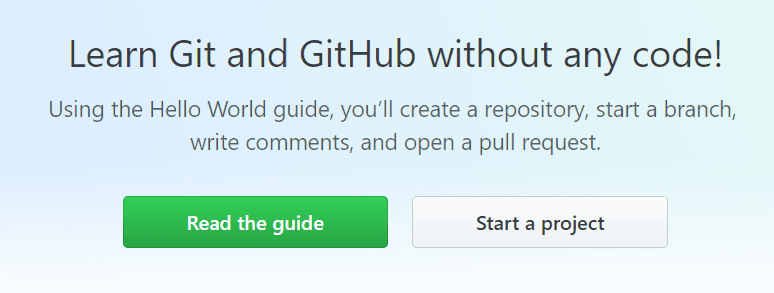<
- Choose a User Name and enter it in the “Username” text box.
- Enter your email address
- Enter your password
- Click the “Create Account” Button

- Choose your plan
- Let's start with a free plan

- Answer the questionnaire (You can skip this if you would like)
Step Three: Start a Project

- Give your project a name

- Leave the “Public” option selected
- Click the “Create repository” button
All done!
Your repository is now live on Git Hub. The next step is to Clone your Git Repository to your workstation so you can begin making changes to it. You will then be able to push those changes to the remote repository and share them with other contributors to your project.
Homework
To get a better feel for how this works you should follow these steps yourself. So go ahead and sign up at git hub, create your own repository and share the link to your repository in the comments below.
If you have questions or run into problems tweet me @natfyi and I will be happy to help.
]]>






